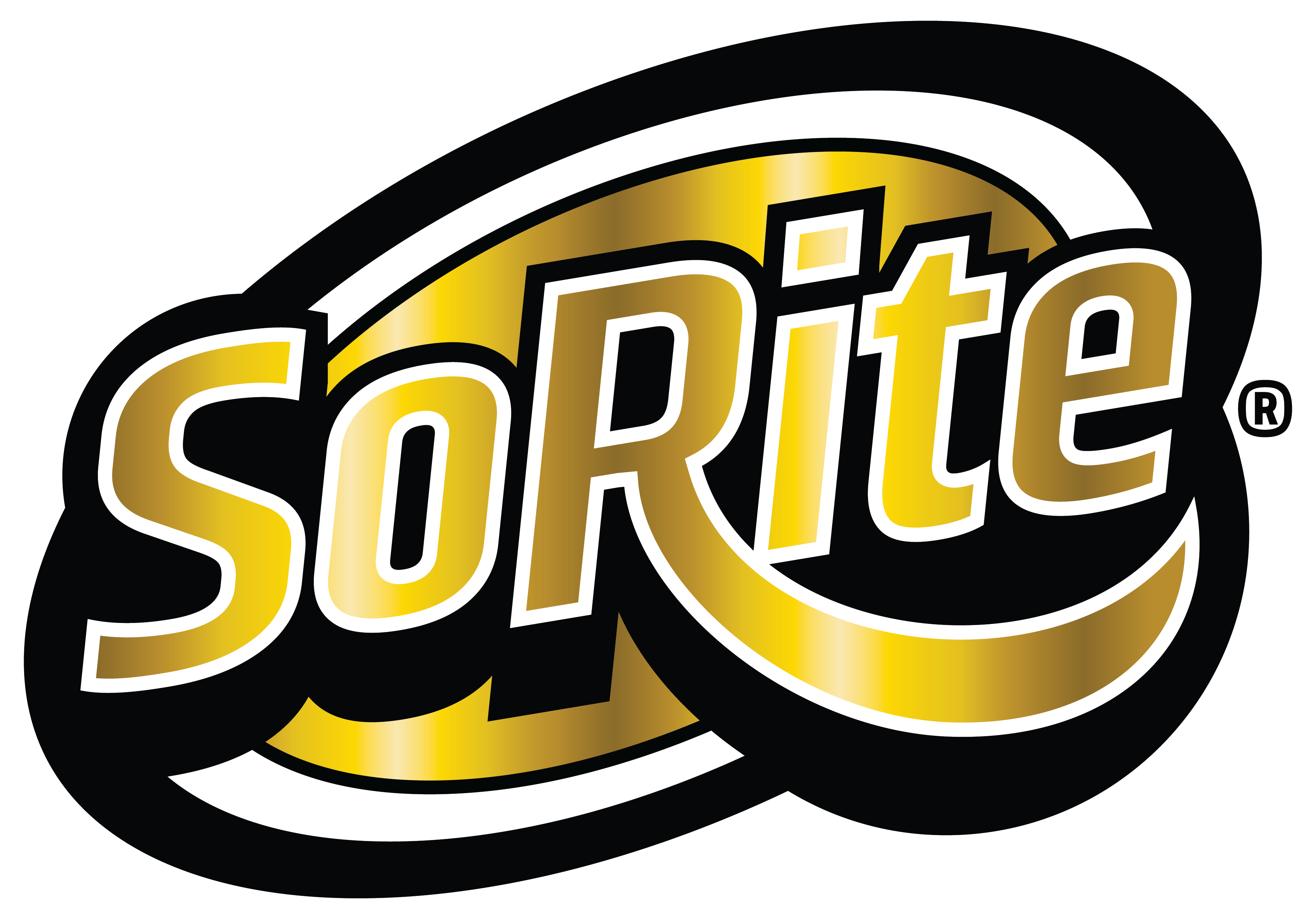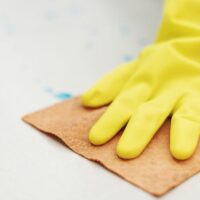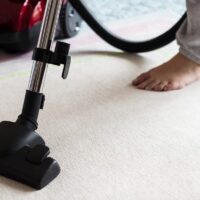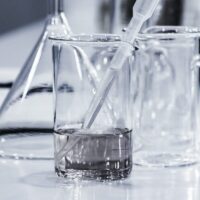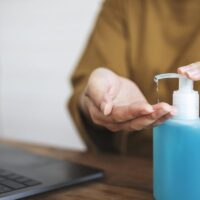 by Stephen Lawson, COO and Certified Clinically Clean® Specialist
by Stephen Lawson, COO and Certified Clinically Clean® Specialist
The toxicity of a substance can be measured by the effect it has on an organism, a tissue or a cell. We know that individual animals will respond differently to the same dose of a substance because of a number of factors (gender, age, body weight, etc.) which is why toxicity laboratories measure effects over a total population.
Many different species of animals are used in testing around the world although generally labs favor testing on white mice.
Cleaning products are a necessity for maintaining healthy conditions in the home and workplace. And it’s important to remember that cleaning products may contain chemicals that can harm you. That is why animal testing is necessary to measure cleaning product toxicity.
The Environmental Protection Agency (EPA) requires testing disinfectants and some sanitizers for eye, skin, oral and respiratory irritation.
Disinfectants Are Pesticides
The term “pesticide” covers a large range of products from insecticides and herbicides to sanitizers and disinfectants. In the eyes of the law, sanitizers and disinfectants are considered to be pesticides and are managed by the EPA Office of Pesticide Programs.
The term “pesticide” is commonly used to refer only to insecticides, but it actually refers to all substances used to control pests. Sanitizers and disinfectants kill bacteria, viruses and fungi, which are considered to be pests, just as insects, weeds, snails and slugs are considered pests.
In addition, the EPA further classifies disinfectants as antimicrobial pesticides.
Antimicrobial pesticides are intended to disinfect, sanitize, reduce or mitigate growth or development of microbiological organisms. In addition, they may protect inanimate objects, industrial processes or systems. And may protect surfaces or water from contamination, fouling, or deterioration caused by bacteria, viruses, fungi, protozoa, algae, or slime.
Warning Labels
The concentrated forms of some commercial cleaning products are classified as hazardous, creating potential handling, storage, and disposal issues for users. The label details everything you need to know to use the product safely. In all cases the disinfectant or sanitizer’s label has been written according to the EPA’s 282-page Label Review Manual, then reviewed and approved by the EPA before a manufacturer can print their packaging label.
Signal Words
Depending on the toxicity level of the product as determined by the acute toxicity review, the EPA assigns the label one of three “signal” words. The lowest category of cleaning product toxicity will simply have the word CAUTION on the label. Higher categories of toxicity will have WARNING or DANGER on the label. All labels must read KEEP OUT OF REACH OF CHILDREN on the front of the label regardless of toxicity category.
Cleaning Product Toxicity Categories
The EPA has established 4 categories for acute hazards of pesticide products.
Toxicity Class 1: This is the most toxic rating. The label of a Class 1 product requires the signal word – “Danger – Poison” with a skull and crossbones symbol. This may be followed by other phrases including:
- “Poisonous if inhaled,”
- “Extremely hazardous by skin contact – rapidly absorbed through the skin” or
- “Corrosive – causes eye damage and severe skin burns”
Class 1 materials are considered to be fatal to an adult human at a dose of less than 5 grams (less than a teaspoon).
Toxicity Class 2: Class 2 products are moderately toxic. The signal word is “Warning,” possibly followed by:
- “Harmful or fatal if swallowed,”
- “Harmful or fatal if absorbed through the skin,”
- “Harmful or fatal if inhaled,” or
- “Causes skin and eye irritation”
Class 2 materials are estimated to be fatal to an adult human at a dose of 5 to 30 grams.
Toxicity Class 3: This rating is given to products that are slightly toxic. The signal word in this case is “Caution,”possibly followed by:
- “Harmful if swallowed,”
- “May be harmful if absorbed through the skin,”
- “May be harmful if inhaled,” or
- “May irritate eyes, nose, throat and skin.”
Class 3 materials are estimated to be fatal to an adult human at a dose in excess of 30 grams.
Toxicity Class 4: Class 4 products are practically non-toxic. Water is included in this class. Class 4 may or may not require a signal word. If required, the signal word is CAUTION. This class must also read “KEEP OUT OF REACH OF CHILDREN.”
In addition to the toxicity rating, the EPA classifies pesticides into General Use Pesticides that anybody can apply and Restricted Use Pesticides that must be applied by or under the supervision of a certified individual. A record of the application of a Restricted Use Pesticide must be kept.
For more information on signal words and toxicity ratings for pesticides, see this article from the National Pesticide Information Center.
